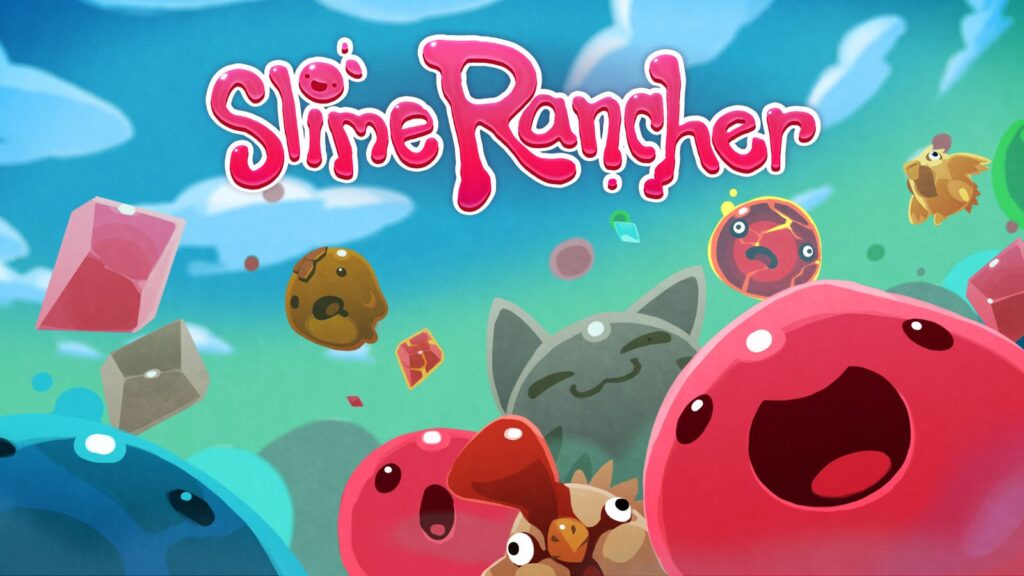“My first time playing I just didn’t understand the concept of the game and grew bored rather quickly.”
-Brendino
Desert Walking Simulator WIth Slimes
When I started this website, one of the main questions I kept pondering was why some games just “click” with me and not others. For example, why can I play countless hours in Animal Crossing: New Horizons, yet give up on titles like The Witcher 3 after only a relatively brief amount of time? This post looks at a related question: Why do I go back and give some games more than one chance to change my mind?
It frequently happens that I come across what seems to be an intriguing game. I get curious enough to try it out, adding it to my current queue of games. A few hours into the game and the realization hits me that I’m just not that into the title. And at this point, what usually happens is that I uninstall the game and either start another new game or continue my progress in another.
This seemed to be the case with Slime Rancher. I was compelled to give the game a try because the slimes were reminiscent of the slimes in Dragon Quest, it seemed to have a lot of similarities with Stardew Valley, and I really dug the cartoony aesthetics of the game. But after a few hours of walking around the desert landscape sucking up slimes, I got pretty bored rather quickly. Money was difficult to come by, I had no idea of the do’s and don’ts of raising slimes, and the core progression of the game appeared to me to be locked behind a rather lengthy grind. After less than two hours, I hung up my proverbial hat and moved on.
Second Time’s The Charm
That was back in October 2020. Nearly one and a half years later, I decided to give Slime Rancher a second shot. And I am really glad I stuck with it this time. Now that I have a better grasp of the core gameplay elements, the game stopped being an endless walking simulator through the desert landscape of a faraway planet populated by slimes. After a disastrous start to the game, one in which I lost *every* single slime on my ranch to an outbreak of Tarr slimes, I tried again and began to understand the basic tenets of successfully managing my ranch.
My initial problems with the game, I realized, stemmed from a lack of tutorials. Sucking up slimes and building structures on the ranch were easy enough to figure out. And to its credit, the game does have a brief tutorial at the outset which walks a player through the basics. However, the more advanced concepts, such as how to get rid of Tarr slimes and how they form in the first place, were not revealed to me until I took the time to read the in-game Slimepedia. It turns out that most of the game’s explanations are located in this encyclopedia and as players progress, more of the Slimepedia unlocks. In this second playthrough, I find myself having to research information in the Slimepedia rather frequently in order to better understand how to organize my ranch, maximize my profits, and progress in the game.
I loathe game tutorials, as I feel they can be overdone and occur too frequently (some of my favorite RPGs are guilty of this). While on the one hand I am glad that Slime Rancher does away with tutorial overload, on the other hand I can see how useful tutorials can be for new players. The in-game Slimepedia is a welcome compromise between the in-your-face, action stopping tutorials and the complete absence of helpful information for new players. Slime Rancher did not invent the in-game encyclopedia, but its inclusion has allowed me to stick with this game longer than I once thought possible.

